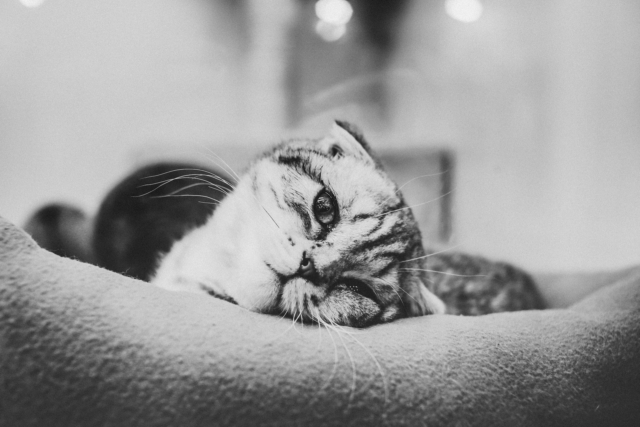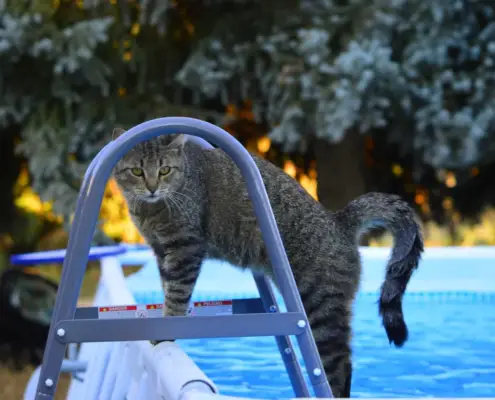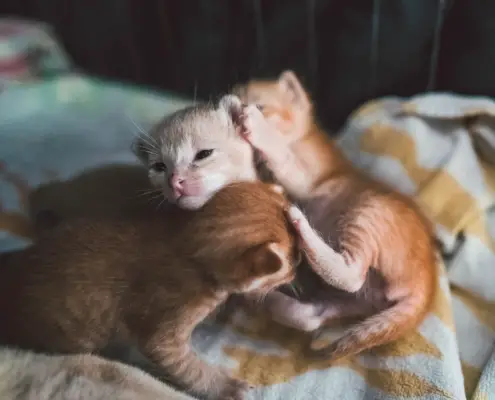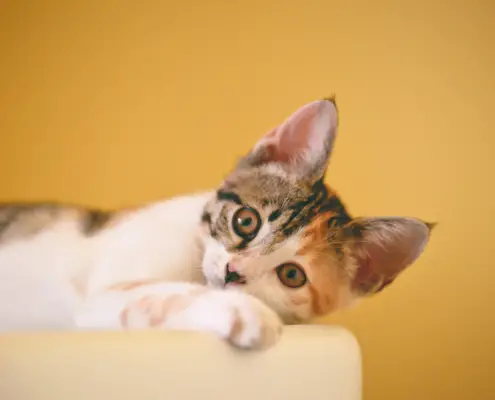
Cats are known for their independence and mysterious nature, but when it comes to protecting their owners, do they step up to the task? It’s a fascinating question that delves into the depths of feline behavior and the unique bond between cats and their human companions. In this article, we will explore the intriguing question of whether cats truly protect their owners or if it’s just a myth.
Introduction
Keep in mind, every cat is different and their protective instinct may vary. Patience and understanding are key in fostering a protective bond with your cat.
As cat owners, we often wonder if our feline friends have our backs when it comes to our safety and well-being. Understanding cat behavior and their innate instincts is crucial in unraveling the truth behind their protective nature. Let’s dive in and explore the fascinating world of cats and their potential as protectors.
Cat Behavior
To understand whether cats protect their owners, we must first examine their natural instincts and predatory nature. Cats are born hunters, with a keen sense of awareness and excellent reflexes. Their territorial instincts also play a role in protecting their surroundings, which may extend to their owners.
Tips to Encourage Protective Behavior in Cats
Cats may not be known as protectors in the same way dogs are, but there are ways to encourage protective behavior in your feline friend.
- Develop a Strong Bond: Spend quality time with your cat, be it playing or simply sitting together. This can help your cat understand that you are part of its family and worth protecting.
- Socialize Your Cat Early: Exposure to various environments, situations, and people can help your cat become more comfortable and less likely to be fearful, which may enhance its protective instincts.
- Reward Protective Behavior: If your cat shows any signs of protective behavior, reward it with treats or affection. This positive reinforcement can encourage your cat to repeat the behavior.
- Provide a Safe Environment: Make sure your cat feels safe at home. A scared cat is less likely to exhibit protective behavior.
The Science Behind Cat Behavior
The behavior of cats is deeply rooted in their evolutionary history. As solitary hunters, cats have developed behaviors for both hunting and avoiding becoming prey. Their inherent curiosity, stalking tendencies, and sudden bursts of energy are all tied to their predatory instincts. At the same time, the tendency to hide or climb high places is a defensive mechanism to evade larger predators.
Furthermore, cats communicate through a complex system of vocalizations, body language, and scent marking. They use these to convey messages to other cats and to their human companions. For instance, a slow blink from a cat towards a human is considered a sign of trust and affection.
Another critical aspect of cat behavior is their territorial nature. Cats mark their territory by scratching surfaces or rubbing their faces against objects. They do this to deposit pheromones, which are chemical signals used for communication. This territorial marking may extend to their human companions, further illustrating their protective tendencies.
Finally, a cat’s behavior is greatly influenced by its socialization period as a kitten. The experiences during this critical time frame, which typically occurs between 2 to 7 weeks of age, can shape a cat’s responses and reactions to various situations throughout its life. Hence, early and positive exposure to diverse environments and stimuli can lead to a more confident and possibly protective cat.
The Cat-Human Bond
The bond between cats and their human companions goes beyond mere companionship. This emotional connection can be strong and profound. Research suggests that cats can sense their owner’s emotions and provide comfort during times of distress. But do they go a step further and protect their owners from potential dangers?
Examples of Protective Cat Behavior
There are numerous anecdotes of cats displaying what could be interpreted as protective behavior. For instance, some cats have been known to hiss or become aggressive when a stranger enters their owner’s home, indicating a potential threat. Other cats may position themselves between their owner and a perceived danger, such as an unfamiliar dog or person.
In extreme cases, there are stories of cats alerting their owners to dangers they couldn’t detect themselves. For example, there have been reports of cats persistently meowing or behaving unusually to alert their owners of a gas leak or a fire in the house.
While these examples might not be definitive proof of their protective nature, they certainly add weight to the idea that cats can and do look out for their owners in their own unique way.
Factors Influencing Protective Behavior
Several factors may influence a cat’s protective behavior towards their owners. Trust and familiarity play a significant role, as cats are more likely to protect those they know well. Additionally, the owner’s behavior and treatment of the cat can influence their level of loyalty and protectiveness.
Debunking Myths
There are many misconceptions surrounding cats’ protective abilities. Some believe that cats are aloof and indifferent, unable to form strong bonds with their owners. However, countless anecdotal stories suggest otherwise. While cats may not exhibit protective behavior in the same way as dogs, their subtle actions and presence can provide a sense of security.
Conclusion
While it’s true that cats have a reputation for independence, they are capable of forming deep bonds with their owners. While not every cat may display overtly protective behavior, there are numerous accounts of cats alerting their owners to potential dangers or providing comfort during difficult times. It’s important to appreciate cats as loyal companions who have the potential to act as protectors, albeit in their unique feline way.
So, the next time you find yourself wondering if your cat would protect you, remember that their love and loyalty may manifest in ways that are different from what we expect. Cherish the bond you share with your feline friend and acknowledge their role as a loyal and cherished companion.
If you enjoyed my article, I would appreciate you sharing it with your network.

Sima Ndlebe
Sima writes for CatBuzz. He is interested in Cats, Health and Fitness, and Entrepreneurship.
Published: 18 October 2023



